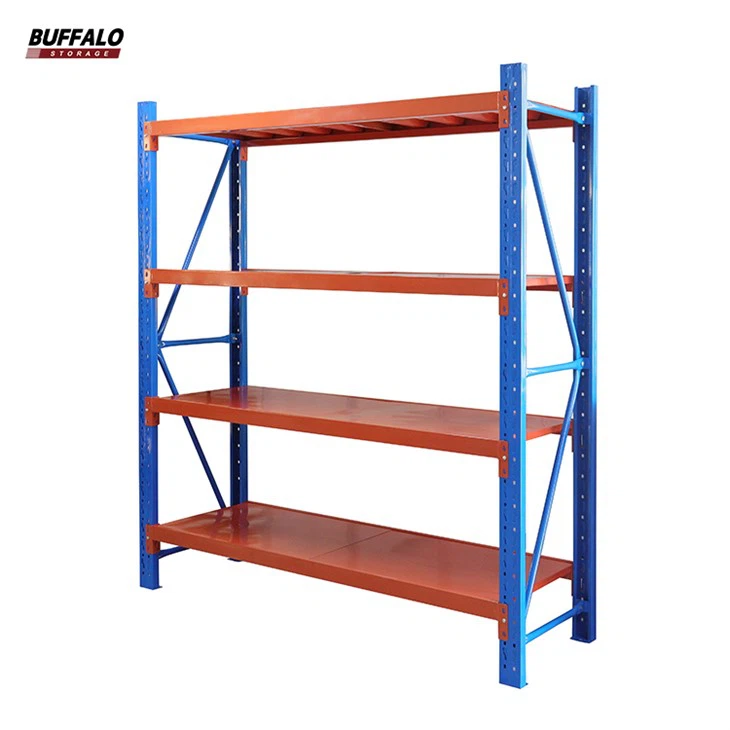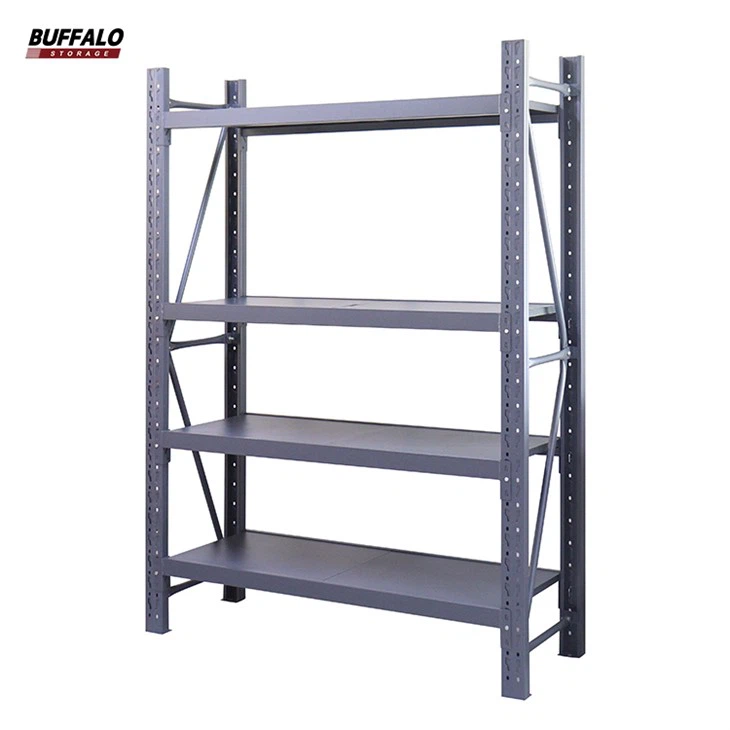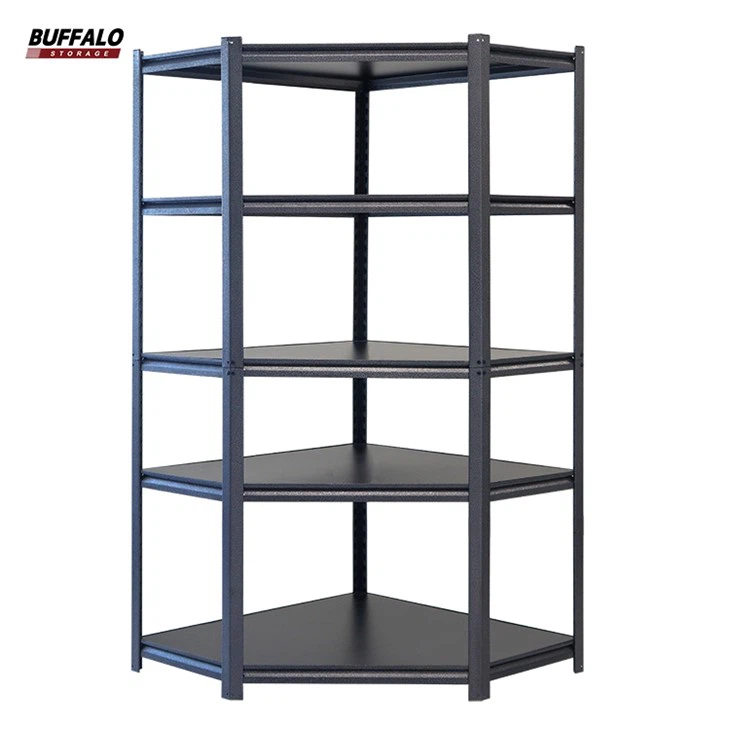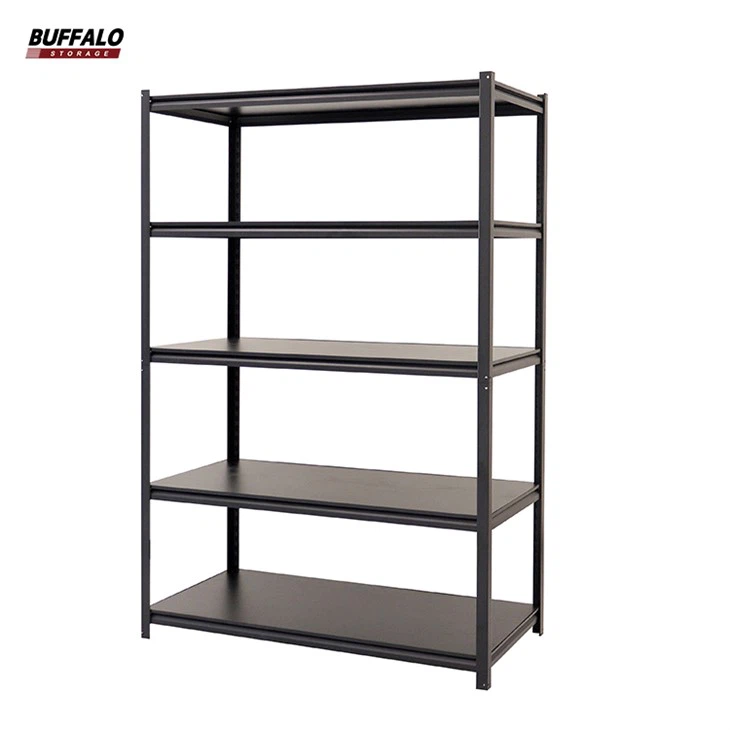I had messy piles in my garage that stressed me out. I wanted a quick fix. Then I learned about plastic and metal shelves. That changed everything.
Both plastic and metal shelves can work in a garage, but metal usually handles heavier loads and resists warping. Plastic might be cheaper, yet it bends under large weight. Check capacity, humidity, and future use before deciding.
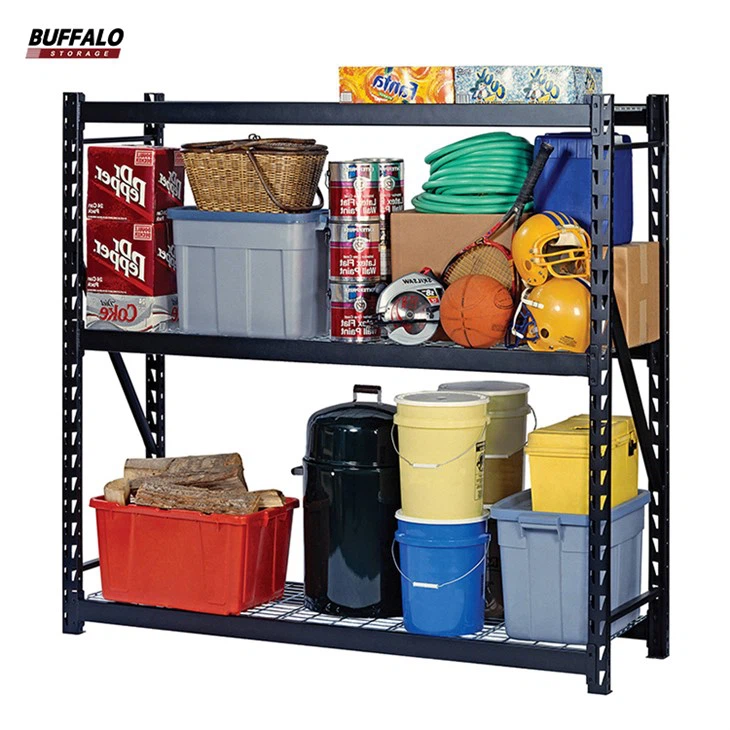
Strongest Shelving
I studied these two materials in busy warehouse settings and small home garages. I saw some owners choose plastic for quick setup and budget reasons, only to discover it sagged under paint cans or spare tires. Others picked metal racks that felt heavy but lasted much longer. I liked that metal stayed stable even when temperature shifted. That difference can matter if you store vehicles or power tools in cold winters. My tests revealed that both materials are valid for mild loads, yet metal stands out when you demand higher capacity or better structural integrity. Now I want to explain more about the strength of shelving materials and why stainless steel can be an extra step up in humid or corrosive places.
What is the strongest shelving material?
I realized many people want the strongest shelving, so I tested many materials firsthand.
Steel is the strongest shelving material. It supports large loads, stays rigid, and handles temperature swings. Aluminum works too, but it has lower capacity.
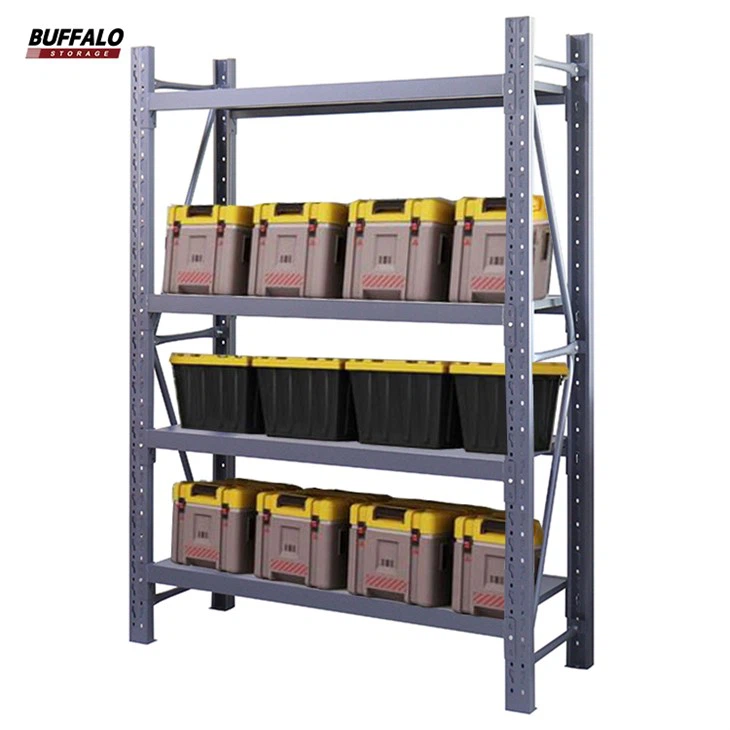 |
I compare metal beams and various test samples for load limits. |
|---|
I saw different shelving materials in real-world use and decided to list how each performs. First, plastic is light and does not rust. It is good for quick assembly, but it warps under heavy boxes. If you store paint, tools, or car parts that weigh more than 100 kg per shelf, plastic might bow or crack after a few months. I have seen customers add extra supports or metal brackets to prop up plastic shelves. That helps a bit, but it undercuts the main reason for choosing plastic in the first place, which is affordability and easy setup.
Next, I looked at wood. Wood can handle moderate loads, and it has a classic look. But wood swells with moisture and can attract mold if the space is damp. Wood also needs brackets or a strong frame. If you choose plywood or particle board for your deck, you might need to replace it sooner if spills or moisture seep into the fibers. Some people like wood for a warm appearance, yet in a garage, function often wins over form. I also saw that wood can be heavier than it looks, so moving a large wooden shelf can be tough.
Then I looked at aluminum. Aluminum is light and does not rust, which is good in damp garages. However, aluminum has a lower yield strength than steel. That means it can bend or dent under heavier loads. I also found that aluminum usually costs more. If you plan to store large items, you might need thicker aluminum parts, raising the total price. Some folks like aluminum for portability, but if pure strength is your goal, steel does it better.
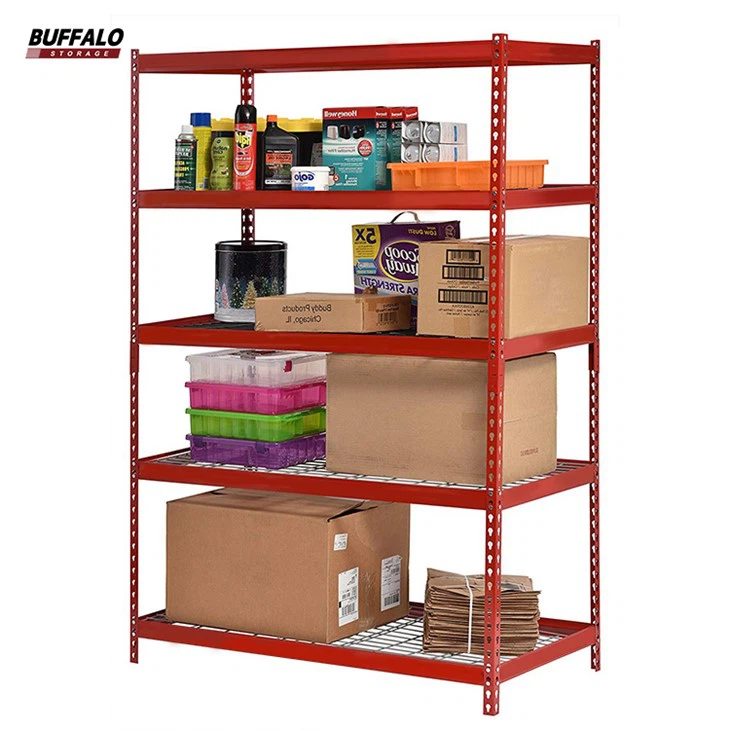
Strongest Shelving
Steel stands out for raw strength. It can bear significant weight without bending, especially if you select thicker gauge beams or reinforced designs. Cold-rolled steel beams have good rigidity, and powder coating or galvanizing adds corrosion resistance. That means you can put heavy bins, tires, or car parts on steel shelves without losing sleep. In my experience, steel racks last for years, even when forklift drivers bump into them in a professional garage. I tested Buffalo’s shelving lines that use welded steel uprights. Those lines pass salt-spray tests and keep their shape after repeated load cycles. So steel edges out the rest when you want the strongest shelves.
One more factor is cost. Steel might have a higher upfront price than plastic, but you save money in the long run because you do not replace it as often. I have spoken with many workshop owners who found that a single set of steel shelves lasted them over a decade. In contrast, plastic units often needed repairs or replacement within a few years. This long-term durability can matter if you run a business or if you do not want the hassle of frequent shelf upgrades. Overall, my recommendation for the strongest shelving material is steel, especially if you face heavy loads or big fluctuations in climate. It offers a strong balance of load capacity, life span, and resilience against daily wear.
Why should shelving be made of stainless steel?
I visited factories where rust ruined normal steel racks, so I wondered if stainless steel was the fix.
Stainless steel resists corrosion, stands up to high humidity or chemicals, and still carries large loads. That makes it ideal for tough or wet environments.
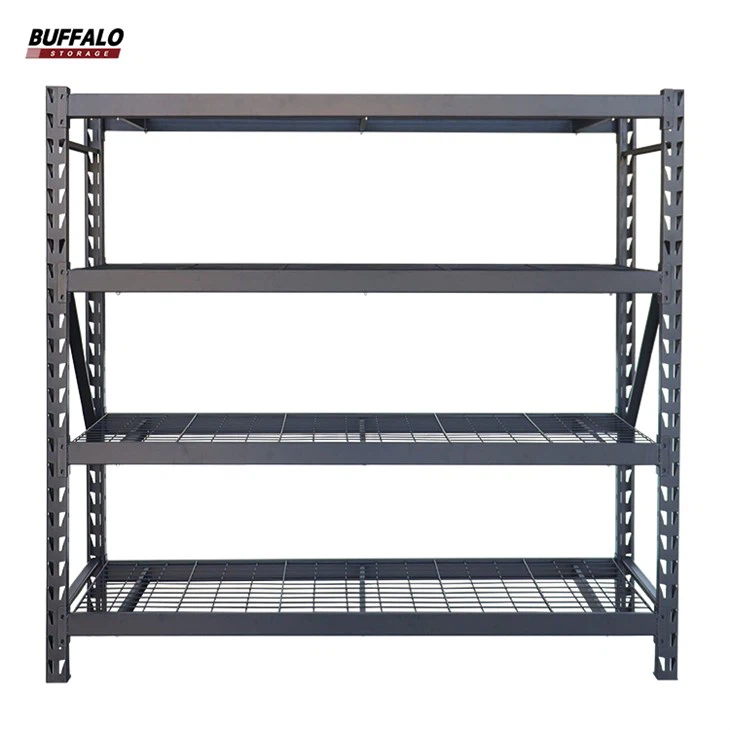 |
I see racks with a reflective finish that resist rust, perfect for humid zones. |
|---|
I want to explain why stainless steel stands apart from regular steel and other materials. First, stainless steel contains chromium, which forms a protective layer against rust. This chromium-oxide layer1 seals the underlying steel, so oxygen, water, and chemicals cannot corrode the metal as easily. That is a game-changer in garages or warehouses that see moisture, oils, or chemical spills. When a standard steel shelf faces water, it can form orange rust spots unless it has a tough protective coat. If the coat chips, the steel is exposed, and rust can spread. Stainless steel bypasses that issue by carrying its protection in the alloy itself.
Second, stainless steel stays strong across a wide range of temperatures. Some garages become cold in winter and hot in summer. If you store cleaning agents, solvents, or other chemicals, stainless steel stands up to spills better than wood or plastic. It does not absorb those liquids, and it does not warp when the temperature fluctuates. I once observed a car workshop that stored large barrels of oil on stainless steel racks. They had zero rust, no stains, and no structural problems after many years. The owners only wiped up any oil drips, and the shelves stayed shiny.
Third, stainless steel helps keep a clean, polished look that some people prefer. If you have a home garage that doubles as a workshop or a place to store your valuable tools, you might appreciate the modern look of stainless surfaces. A bright metal shelf can also reflect light. That can improve visibility in smaller spaces. Some folks feel that a clean environment boosts morale. I have found that employees in a professional setting like the aura of order that stainless steel provides. They see it as a sign of quality, so they handle the racks with more care.
Fourth, stainless steel rarely needs extra painting or coating. That saves time and money in maintenance. Powder coating can chip, but stainless steel does not rely on a topcoat. You might only need to wipe off dust or use a mild cleaner if something spills. The chromium-oxide layer rebuilds itself if it gets damaged, which is a key difference from coated surfaces. That self-repairing nature makes stainless steel last longer in harsh conditions. In areas near the sea or in places with high humidity, this material can make a big difference. I recall a client who installed mild steel shelving in a partially open-air warehouse. Within a year, rust spread along the welded joints. They replaced everything with stainless steel to avoid the same fate. That was an expensive lesson, but it proved the worth of investing in stainless early on.
Finally, stainless steel offers a strong load rating2 when built with sturdy uprights and beams. It can handle many of the same weights as cold-rolled steel. However, stainless steel sometimes costs more per unit. That is one drawback to consider. If your garage is fairly dry, you might pick regular powder-coated steel to save money. But if you face constant humidity, risk of spills, or a desire for a pristine look, stainless steel is a superior choice. My personal rule is that if environment or chemicals pose a big threat, stainless steel pays off in the long term. If not, I would still choose steel in some form because it stands up to heavy loads better than plastic, wood, or aluminum in most garage scenarios. The final call depends on your budget, local climate, and usage pattern. Yet stainless steel definitely wins if corrosion is your main worry.
Conclusion
Metal shelving fits heavy loads and resists damage. Plastic might do fine for lighter tasks, but stainless steel goes a step further by fighting rust and staying strong in wet or harsh environments.
- Understanding the chromium-oxide layer is crucial for grasping how stainless steel resists corrosion, making it a valuable resource for anyone considering this material. ↩
- Learning about the load ratings of stainless steel can help you make better decisions for storage solutions, especially in demanding environments. ↩


